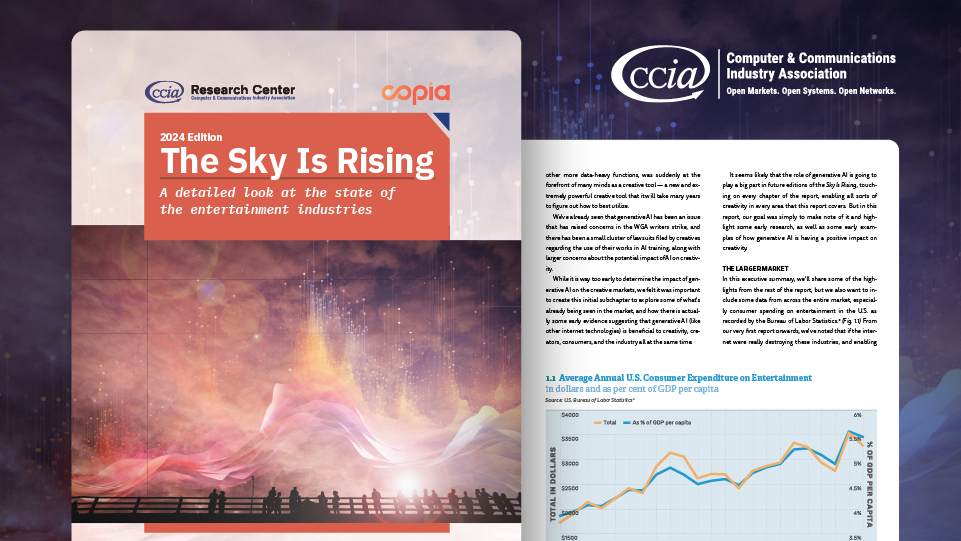How Can the Fashion Industry Compete with 3D Printing?
In a society where individuality is increasingly lauded and (not unrelatedly) personalized products are more coveted than ever, the pervasiveness of 3D printing could disrupt the very industries currently leveraging this technology for personalization.
Although the definition of “personalization” continues to evolve, the term has typically “signified exclusivity,” and is used as a “status symbol, a way of making consumers feel special, enabling them to stand out from the crowd.”
Consumers’ desire for this exclusivity is well documented and has only continued to rise in recent years. The Deloitte Consumer Review found that, “in some categories more than 50 percent of consumers expressed interest in purchasing customized products or services.” What’s more, “48 percent reported they were willing to wait longer for a personalized product or service.”
Some trace consumers’ growing interest in personalized products, and involvement in this specialization process, to the popularity of social networks and devices that enable users to control their image and obtain what/where/when they want something with greater efficiency.
With interest in personalization not expected to die down anytime soon, businesses that do not incorporate elements of personalization into their products may risk losing customers and revenue – especially since customers report they are willing to pay more for customized products, “particularly in the more expensive or fashion related categories.”
Thankfully, many businesses have already realized and adapted to this growing demand. For years companies such as Nike and Converse have allowed consumers to customize the color and design of its footwear, and brands like Tiffany & Co, Ralph Lauren, and Ray-Ban let customers personalize their eyewear, jewelry, and even purses – allowing customers to decorate products with initials and choose from different colors and designs.
New startups and companies, however, are offering even more personalization via 3D printing. Shapeways, for example, allows consumers to upload their designs – of dishware, furniture, jewelry, among other items – and in return receive 3D prints.
Not only is this personalization enticing to consumers, new designers are flocking to these sites as well. Kimberly Ovitz, who used Shapeways to design a collection of nylon jewelry which she showed at New York Fashion Week in 2013, reported that 3D printing cut her production timeline significantly – allowing consumers to receive her products just two weeks after she presented them.
Continuum, a San Francisco clothing company, also allows consumers to design their own bikinis, dresses, and even shoes online. Founder Mary Huang believes Continuum’s intersection with both fashion and technology “gives everyone access to creativity.”
So, with sites like Continuum and Shapeways offering pure customization, one has to wonder: how can brands offering simply color changes compete?
First off, it’s worth noting that 3D printing isn’t cheap; printers typically range anywhere from $500 to $10,000. This naturally affects the cost of 3D printed items too. A bathing suit top on Continuum, for instance, ranges from $250 to $1,000. Not to mention the amount of time it must take to design these items.
But, with that being said, the popularity of startups like Continuum and Shapeways, and the rise in the customization of established brands like Nike and Ralph Lauren, if anything, highlights the necessity of investing in greater personalization. Which, in turn, means a greater investment in 3D printing.
Although some fashion labels have already been experimenting with 3D printing on the runway, this technology is not being fully utilized to provide customers with the personalization they clearly covet. Customers’ overall inability to change anything but the size and color of products is reflective of this.
It is not too late for the fashion industry to compete with these startups, however. Investing more in 3D printing, and using this investment to offer consumers greater product personalization, could help appeal to customers. By moving towards this happy medium – between un-personalized products and Shapeways’ completely personalized items – customers can have the personalization 3D printing affords them, likely at a lower price (due to greater volume of production), and they do not have to spend as much time designing the products.








